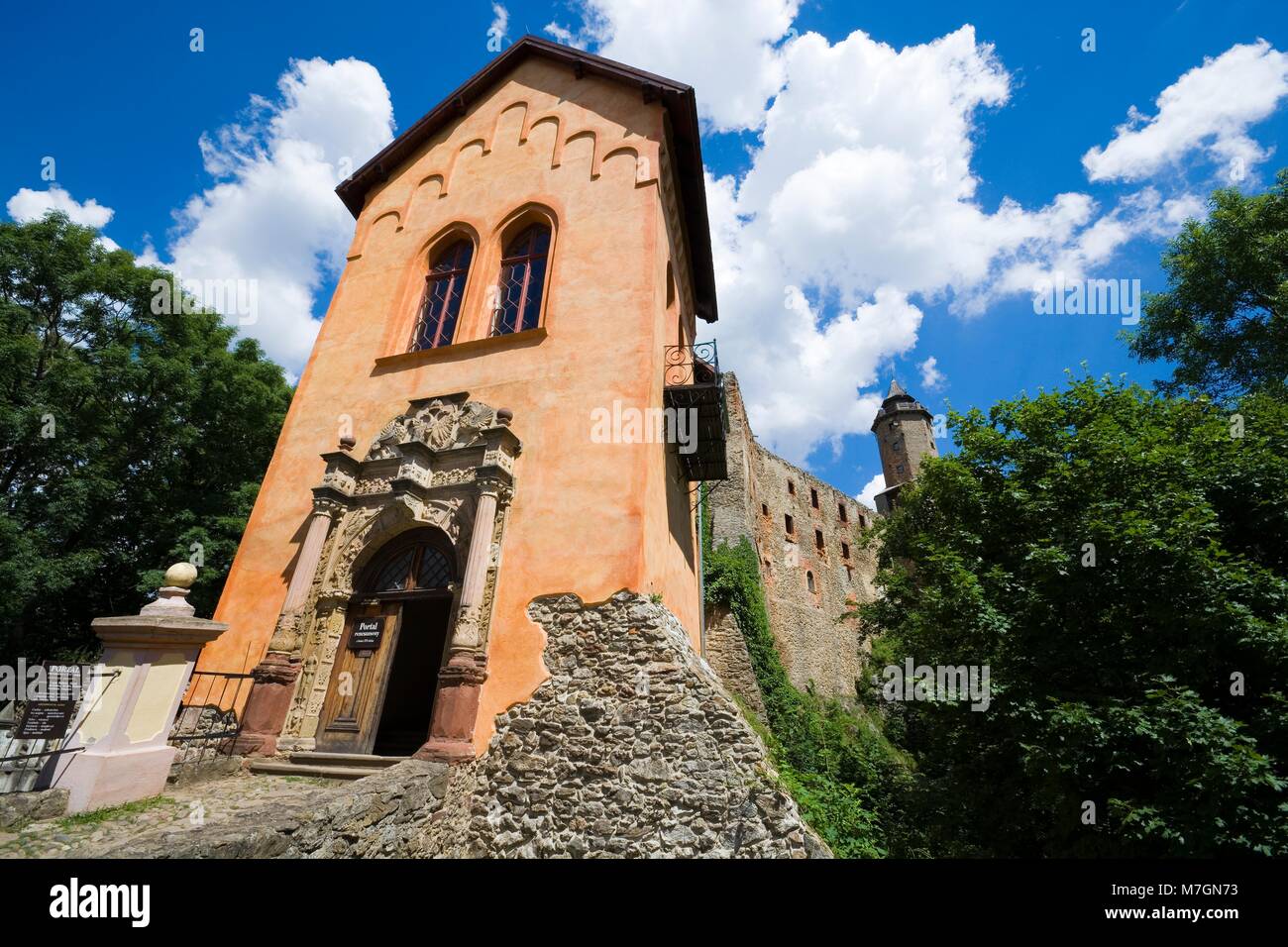

Perhaps the situation was of itself so secure as to render unnecessary the ordinary means of repelling an attack. The ruins show neither the arrow-slit nor gun-port of defence, so common in similar old houses. From the hall, a narrow circular stair led to the upper part of the building, which has been surrounded by a parapet wall.
#Abandoned castle courtyard description windows
One of the windows overlooks the rugged chasm through which murmurs the Garnock, and from two narrow apertures facing the east, the eye may yet revel over a beautiful extent of the district bearing the same name as the old lords of the castle. It has been lighted both from the court and from the exterior walls. Its upper and now only accessible story has consisted of a hall occupying the whole extent within the walls, and the imbowed ceiling of which has been 20 feet (6.1 m) in height. The far wall of the old keep showing the plaque commemorating the consolidation of the ruins in 1841. The tower is 45 feet (14 m) long, 33 feet (10 m) wide, and its height has been above 40 feet (12 m). A court or passage, 59 feet (18 m) in length, lay between the entrance and the tower, on each side of which has been a range of two-storied apartments. This facade is 46 feet (14 m) long, and has been about 24 feet (7.3 m) in height. The entrance has been from the eastern extremity of the latter. From notes and measurements taken a few years ago, it may be described in general terms, as having consisted of a quadrilateral tower, with a court of less elevated buildings extending from its east side. The ground-plan of this ancient stronghold could, until lately, be easily traced and as a portion of the exterior walls still remains nearly the original height, its appearance when entire may, with little difficulty, be yet shadowed out. Evidence in 1964 was recorded of a small building lying in between the dry moat and the castle, possibly a farmstead. In 1956 this dry moat was still 30 metres in length and had an average depth of 4 metres with a width of 8 metres. At the distance of thirty yards from its entrance, a depression in the ground indicates what has been the course of a dry moat, by which, and a drawbridge, the approach is said to have been protected. The only access to the castle is from the northeast, in which direction the ridge, upon which it is situated, is connected with the adjoining field. This brawling stream skirts two sides of the knoll and as the ravine through which it flows is fully eighty feet in depth, the position, under the ancient system of warfare, must have combined security with the means of easy defence. "The ruins of Glengarnock Castle stand on a precipitous ridge or knoll, overhanging the Garnock, about two miles (3 km) north of Kilbirnie. The castle is an example of a keep with courtyard attached and dates from the period 1400 - 1542, with various later buildings in the courtyard. In 1707 both baronies were united in the Barony of Kilburnie, with Kilbirnie Place as the principal dwelling.

The Honourable Patrick Lindsay of Kilbirnie Place purchased the castle and estate of Glengarnock in 1677 from Richard Cuninghame, the last of the Cuninghames of Garnock. The Cunninghames retained the castle until the early 17th century and by the 18th century it had been abandoned. Sir James Cunningham built the Glengarnock Aisle in Kilbirnie Auld Kirk in 1597. The Barony of Glengarnock then passed to the Riddels and the Cunninghames. A castle may have been built here by them a convenient site in relation to the abbey they founded at Kilwinning. In the 12th and 13th centuries, the lands here were held for the King by the De Morville family, hereditary Great Constables of Scotland.


 0 kommentar(er)
0 kommentar(er)
